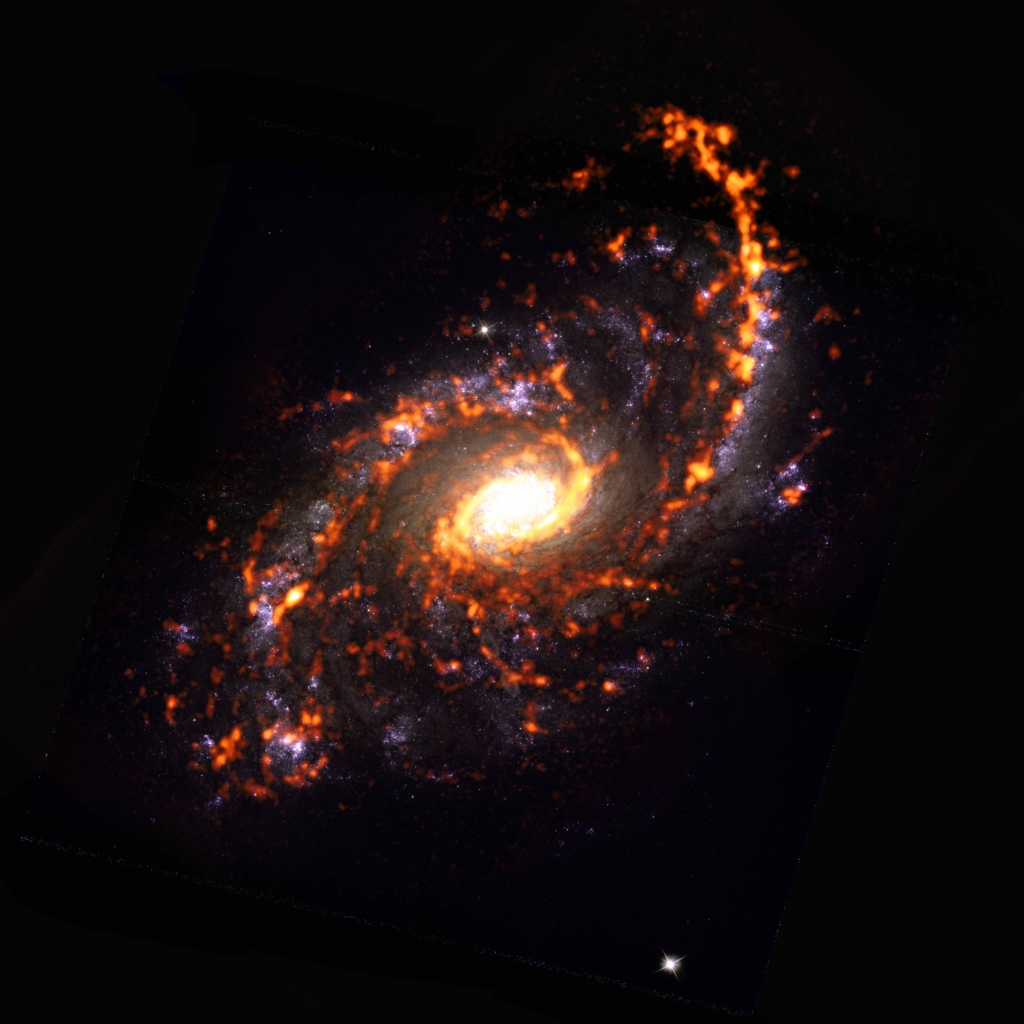Mapping the Violent Inner Life of Galaxies

Mon., May 13, 2024, 7–8:30 p.m.
Free with reservation
Education and Visitor Center, Rothenberg Hall
Over the short span of a human lifetime, galaxies appear static in the sky. But on astronomical timescales, galaxies are constantly undergoing violent internal processes that assemble and destroy giant gas structures in which new stars are born. These young stars inject enormous energy into their surroundings by shining light, driving winds from their atmospheres, and exploding in cataclysmic supernova events that release most of the chemical elements from which planets and living things are made. Guillermo Blanc will describe the violent inner life of galaxies and how a new telescope at Carnegie Science’s Las Campanas Observatory in Chile allows astronomers to map these processes in unprecedented ways.
Program:
- 6:30 p.m. Doors open
- 7 p.m. Brief musical performance
- 7:30 p.m. Lecture begins
About the Speaker:
Guillermo Blanc is a staff scientist and associate director for Strategic Initiatives at Carnegie Science Observatories. His research focuses on galaxy evolution, star formation, and the chemical enrichment of interstellar gas in galaxies. He is also participating in the development of new scientific infrastructure at Carnegie Science’s Las Campanas site in Chile.

Shown here as an ALMA (orange) composite with Hubble Space Telescope (red) data, NGC5248 is an example of a galaxy featuring asymmetric morphology, and it is one of nearly 100 galaxies cataloged by the PHANGS project during a recent census of the nearby universe. The study revealed that stellar nurseries in galaxies are extraordinarily diverse in their appearances and behaviors, and how they look and act depends on their location. | ALMA (ESO/NAOJ/NRAO)/ESA/NASA/PHANGS, S. Dagnello (NRAO).
Carnegie Observatories presents the 22nd season of talks highlighting the most exciting discoveries in today’s golden age of astronomy. Carnegie Observatories scientists have transformed humankind’s understanding of the Cosmos, from the revelation of the universe’s expansion to the discovery of dark energy—and the groundbreaking work continues today. Carnegie scientists are still at the vanguard of astronomical research at the world-famous Las Campanas Observatory in Chile, home of the twin 6.5m Magellan telescopes and future site of the 24m Giant Magellan Telescope.